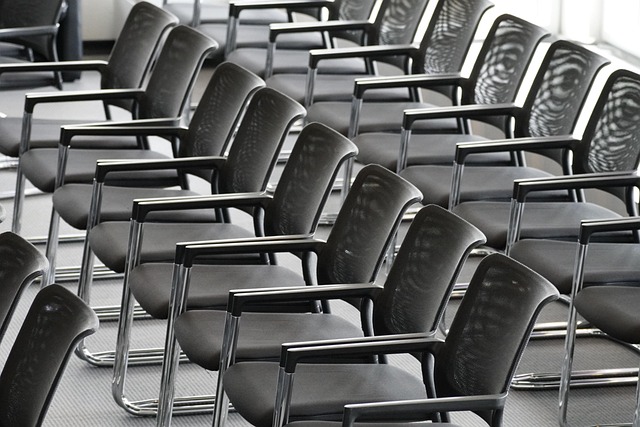The Future of Facelifts: Innovation in Science, Technology, and Workplace Culture
The Future of Facelifts: Innovation in Science, Technology, and Workplace Culture
In the ever-evolving landscape of beauty and wellness, the term facelift has transformed significantly, moving beyond its traditional connotations to embrace a future rich with innovation. With advancements in science and technology, combined with a shift in workplace culture, the narrative surrounding facelifts is increasingly progressive and inclusive.
Scientific Innovation: The New Age of Facial Aesthetics
The science behind facelifts has undergone revolutionary changes in recent years. Cutting-edge research is exploring biostimulation methods that encourage natural collagen production, reducing the need for invasive procedures. Techniques like platelet-rich plasma (PRP) therapy and stem cell treatments are paving the way for facelifts that maintain a natural appearance and rejuvenate the skin from the inside out.
Moreover, with the rise of biometrics, personalized skincare solutions are being developed based on an individual’s unique genetic makeup. This personalized approach is making facelifts feel less like a one-size-fits-all solution and more like a tailored experience designed to meet specific aesthetic goals. This scientific innovation fosters an environment where individuals can take charge of their beauty and self-care, aligning their external appearance with their internal vitality.
Technological Advancements: Tools of Transformation
The integration of technology into aesthetic procedures has revolutionized how facelifts are performed. The advent of minimally invasive techniques such as laser technology and endoscopic procedures has decreased recovery time and post-operative discomfort. Patients can experience significant enhancements without the traditional scars or extended downtime that once accompanied surgery.
Additionally, artificial intelligence is making its mark in pre-surgical consultations. AI-driven simulations allow potential patients to visualize their desired outcomes, fostering informed decision-making and enhancing patient satisfaction. With tech tools that analyze facial symmetry and skin condition, the facelift journey is becoming more interactive and engaging than ever before.
Workplace Culture: Redefining Beauty Standards
Workplace culture is also experiencing a fascinating shift that influences perceptions about facelifts. In today’s professional environments, enhancing one’s appearance is being embraced as a form of self-expression and empowerment rather than an act of vanity. Companies are increasingly recognizing the importance of mental well-being, leading to a more accepting attitude toward personal aesthetics and the choices individuals make to feel confident.
As conversations around diversity and inclusion gain momentum, the notion of beauty is being redefined to encompass all forms of self-care, including facelifts. Employers are now acknowledging that employees who feel good about how they look are more likely to exude confidence and productivity in the workplace. This cultural evolution encourages individuals to prioritize their personal aesthetics as an integral part of their professional identity.
In the context of innovation, the fusion of science, technology, and workplace culture presents a compelling future for facelifts—one that resonates with individuals seeking to enhance their natural beauty in a way that is both empowering and authentic. As these paradigms continue to shift, we can anticipate a future where facelifts serve not just a cosmetic purpose, but as a symbol of personal progress and self-empowerment.



